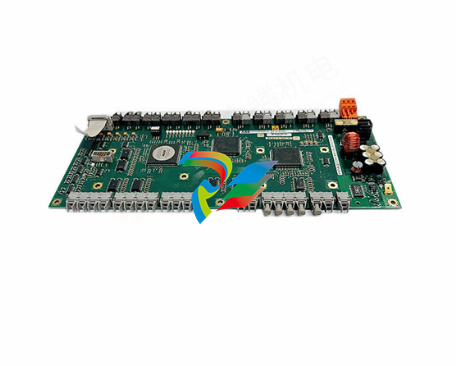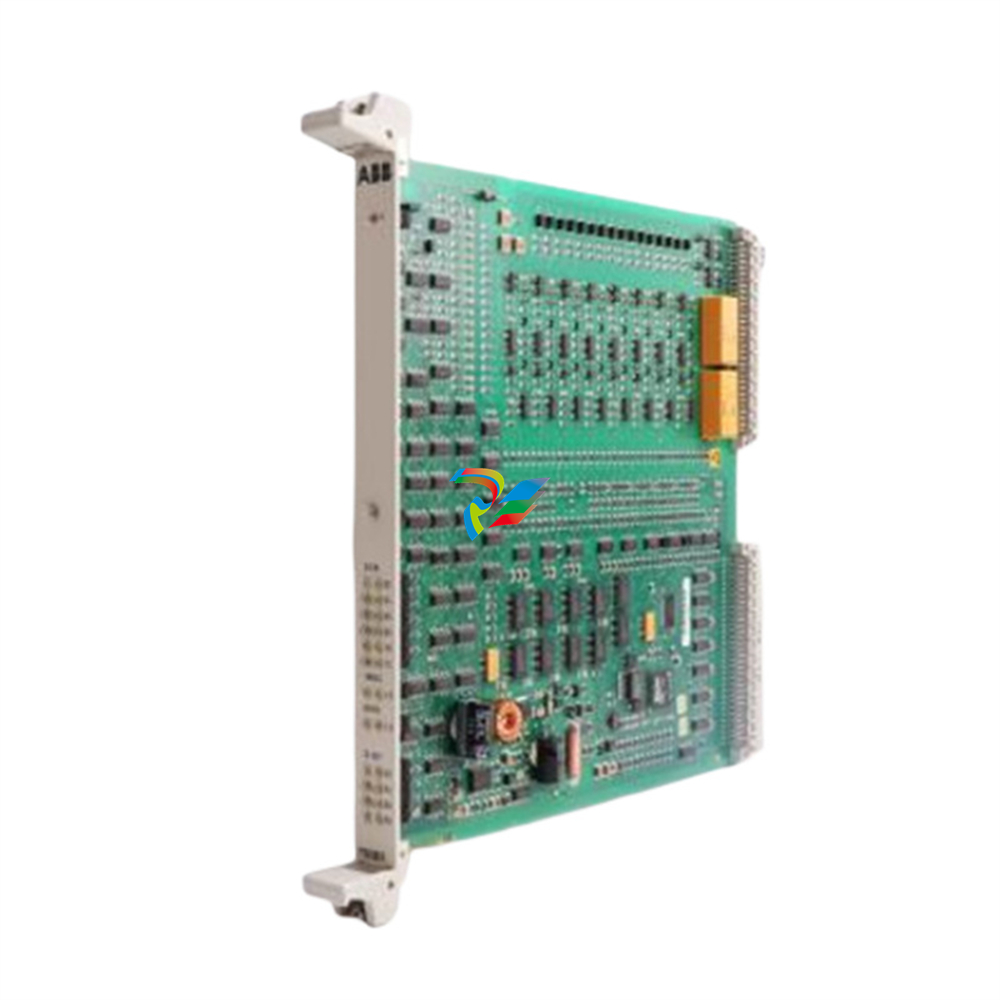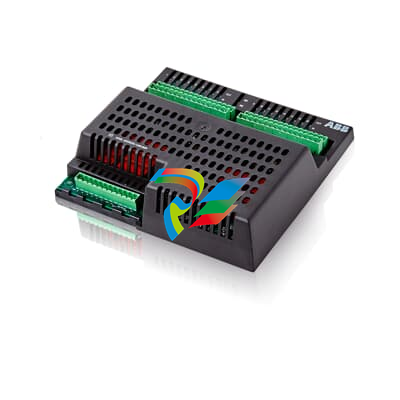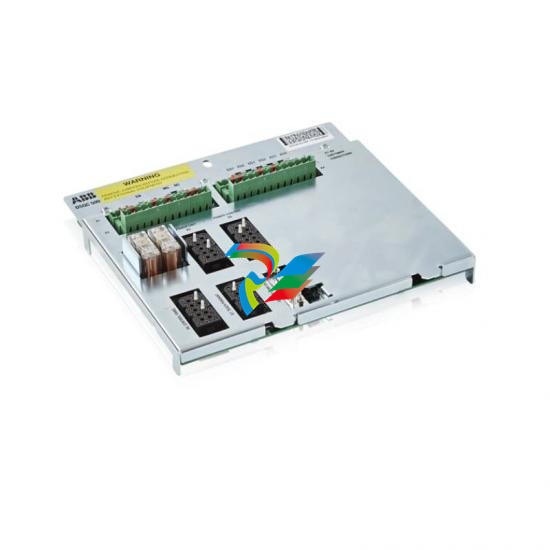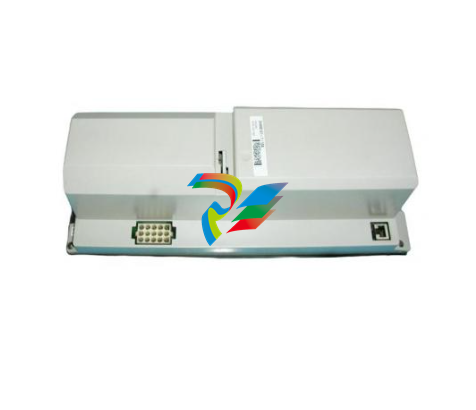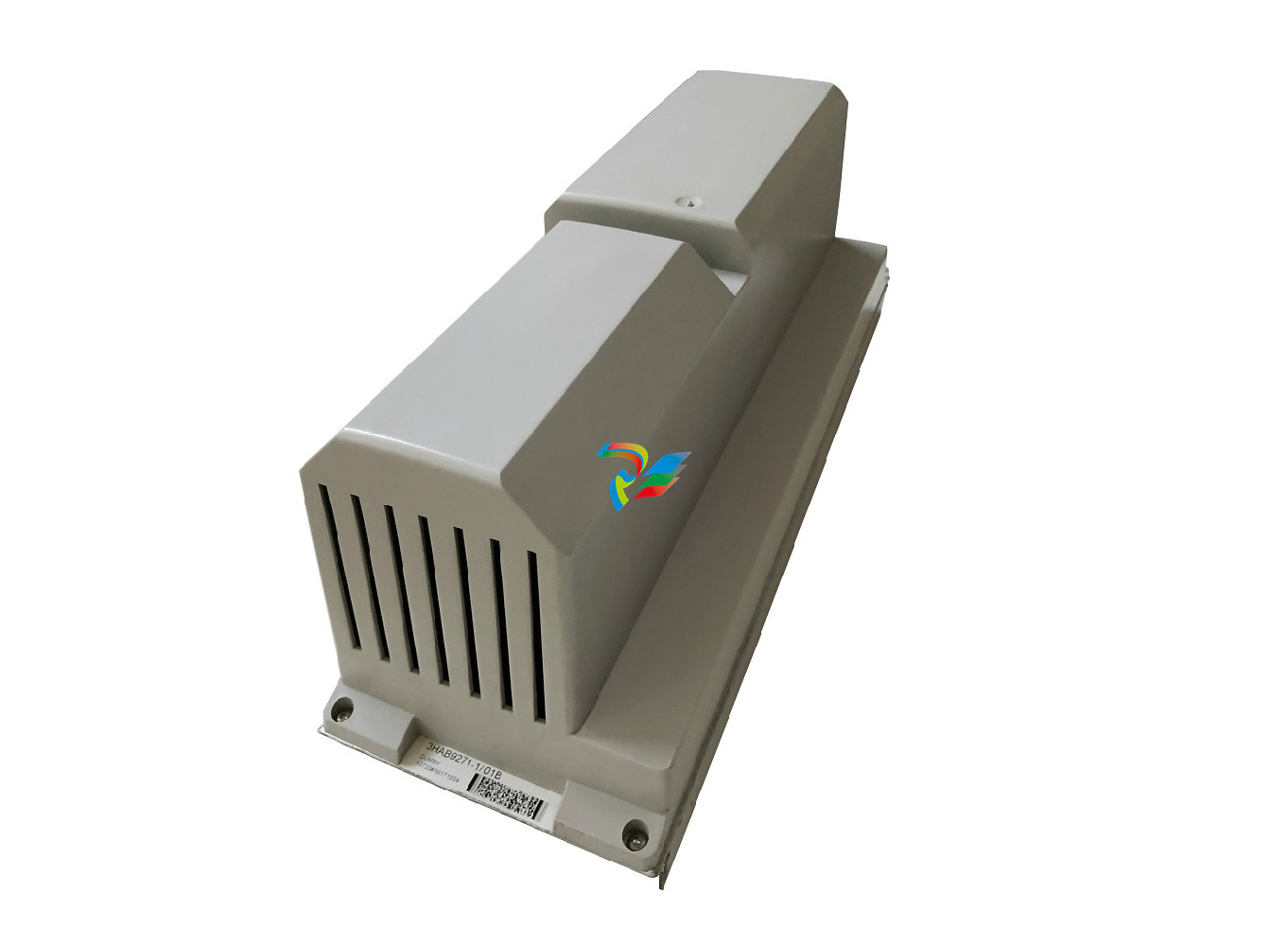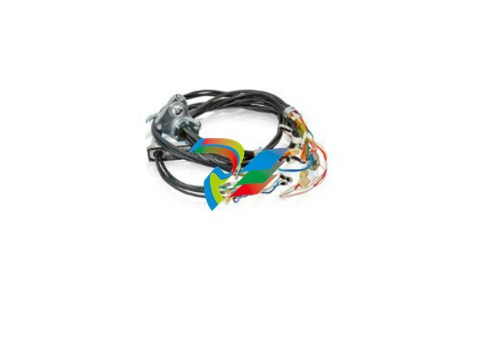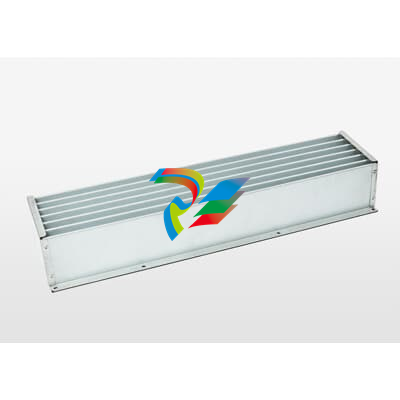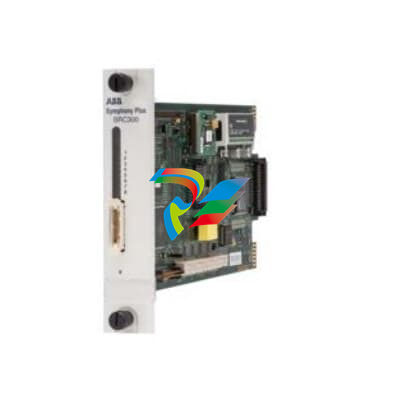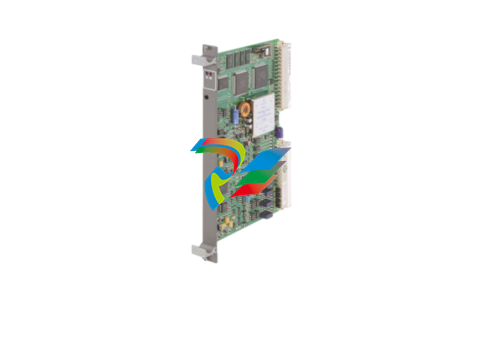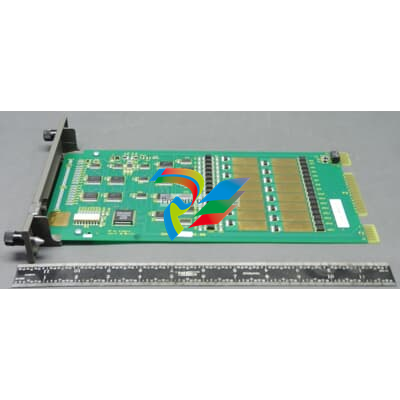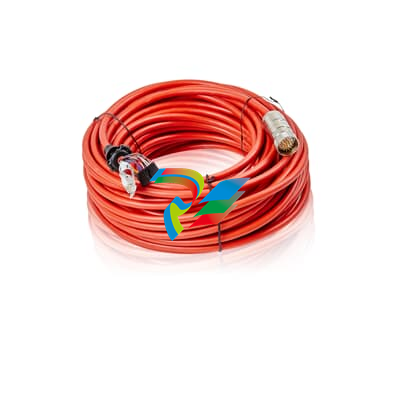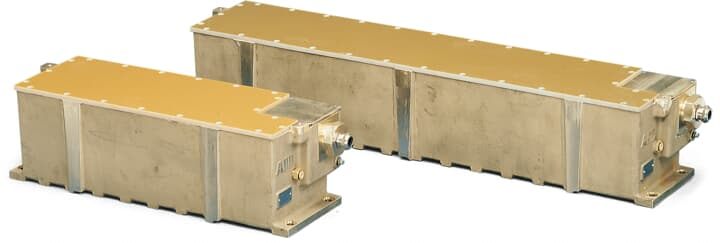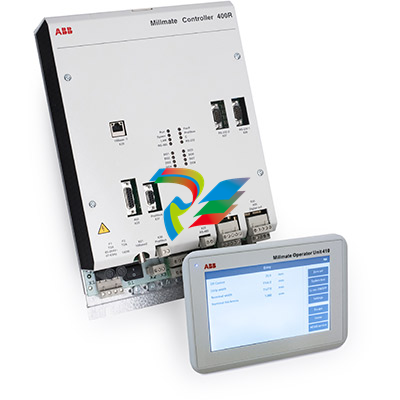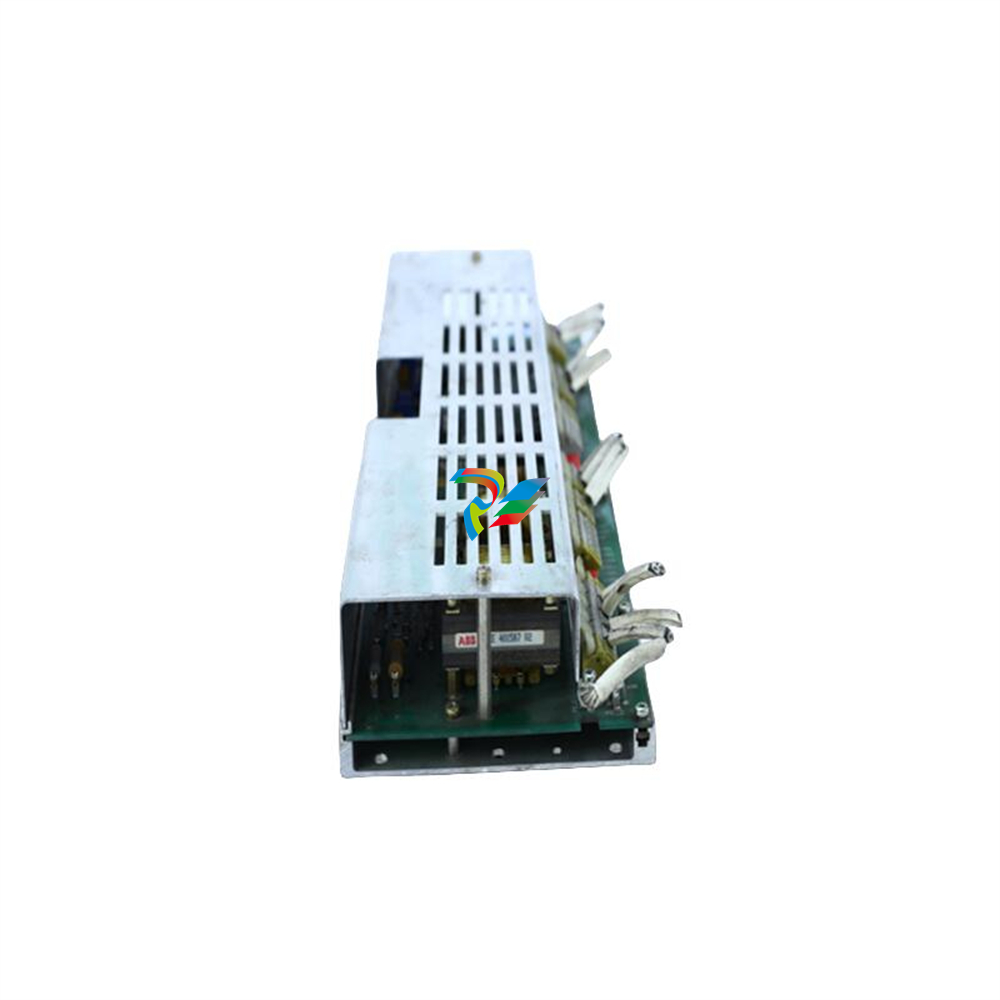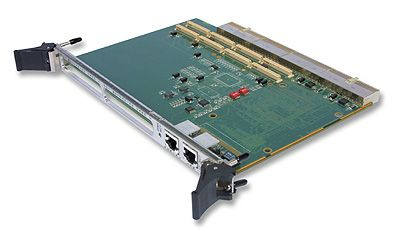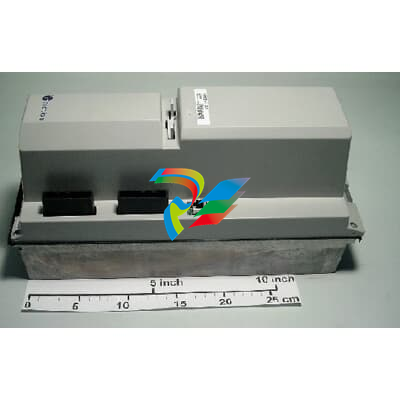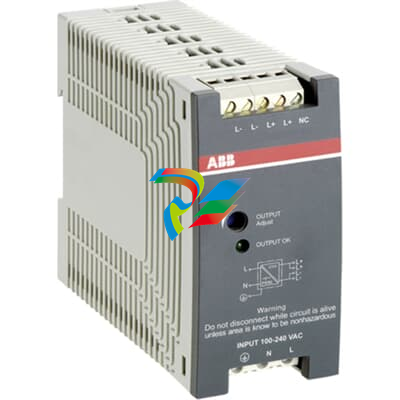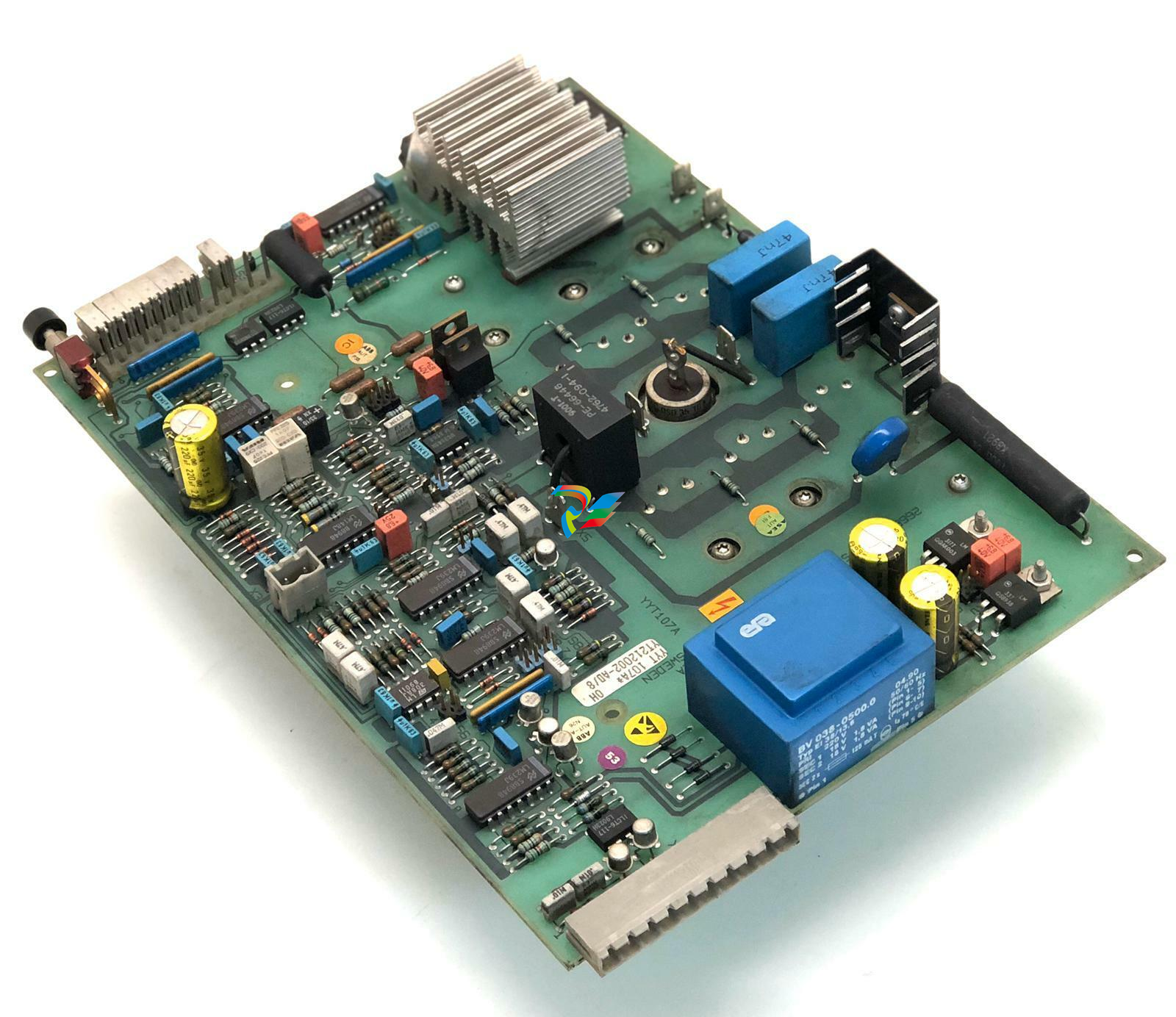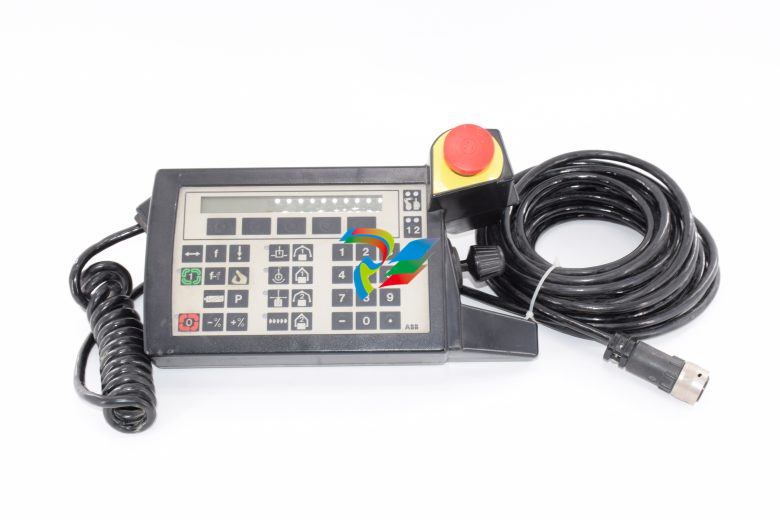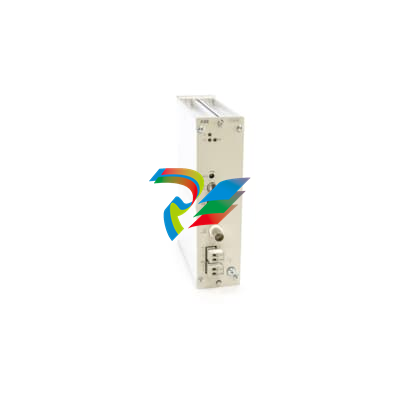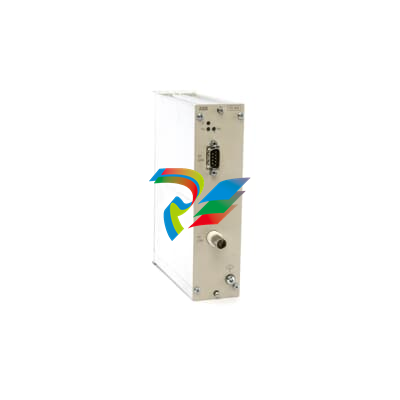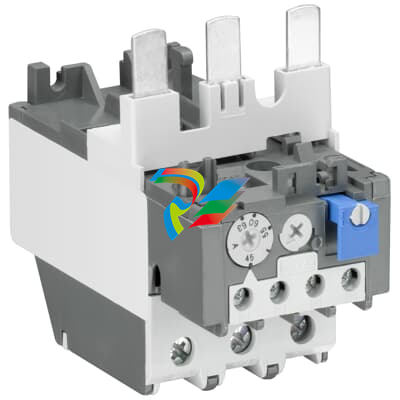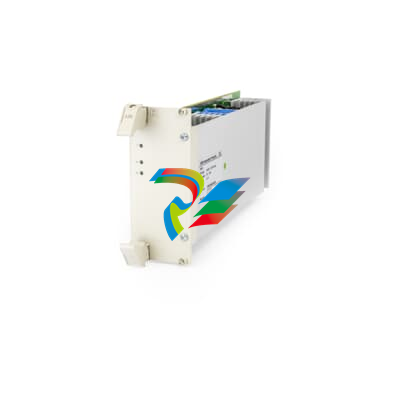
GESPEEDTRONIC™ MARK V GAS TURBINE CONTROL SYSTEM
INTRODUCTION
The SPEEDTRONIC™ Mark V Gas Turbine
Control System is the latest derivative in the
highly successful SPEEDTRONIC™ series.
Preceding systems were based on automated turbine control, protection and sequencing techniques dating back to the late 1940s, and have
grown and developed with the available technology. Implementation of electronic turbine control, protection and sequencing originated with
the Mark I system in 1968. The Mark V system is
a digital implementation of the turbine automation techniques learned and refined in more
than 40 years of successful experience, over 80%
of which has been through the use of electronic
control technology.
The SPEEDTRONIC™ Mark V Gas Turbine
Control System employs current state-of-the-art
technology, including triple-redundant 16-bit
microprocessor controllers, two-out-of-three voting redundancy on critical control and protection parameters and Software-Implemented
Fault Tolerance (SIFT). Critical control and protection sensors are triple redundant and voted
by all three control processors. System output
signals are voted at the contact level for critical
solenoids, at the logic level for the remaining
contact outputs and at three coil servo valves for
analog control signals, thus maximizing both
protective and running reliability. An independent protective module provides triple redundant hardwired detection and shutdown on
overspeed along with detecting flame. This module also synchronizes the turbine generator to
the power system. Synchronization is backed up
by a check function in the three control processors.
The Mark V Control System is designed to fulfill all gas turbine control requirements. These
include control of liquid, gas or both fuels in
accordance with the requirements of the speed,
load control under part-load conditions, temperature control under maximum capability
conditions or during startup conditions. In addition, inlet guide vanes and water or steam injection are controlled to meet emissions and operating requirements. If emissions control uses
Dry Low NOx techniques, fuel staging and combustion mode are controlled by the Mark V system, which also monitors the process.
Sequencing of the auxiliaries to allow fully automated startup, shutdown and cooldown are also
handled by the Mark V Control System. Turbine
protection against adverse operating situations
and annunciation of abnormal conditions are
incorporated into the basic system. The operator interface consists of a color
graphic monitor and keyboard to provide feedback regarding current operating conditions.
Input commands from the operator are entered
using a cursor positioning device. An arm/execute sequence is used to prevent inadvertent turbine operation. Communication between the
operator interface and the turbine control is
through the Common Data Processor, or <C>, to
the three control processors called <R>, <S> and
<T>. The operator interface also handles communication functions with remote and external
devices. An optional arrangement, using a
redundant operator interface, is available for
those applications where integrity of the external data link is considered essential to continued plant operations. SIFT technology protects
against module failure and propagation of data
errors. A panel mounted back-up operator display, directly connected to the control processors, allows continued gas turbine operation in
the unlikely event of a failure of the primary
operator interface or the <C> module.
Built-in diagnostics for troubleshooting purposes are extensive and include “power-up,”
background and manually initiated diagnostic
routines capable of identifying both control
panel and sensor faults. These faults are identified down to the board level for the panel and
to the circuit level for the sensor or actuator
components. The ability for on-line replacement
of boards is built into the panel design and is
available for those turbine sensors where physical access and system isolation are feasible. Set
points, tuning parameters and control constants
are adjustable during operation using a security
password system to prevent unauthorized access.
Minor modifications to sequencing and the
addition of relatively simple algorithms can be
accomplished when the turbine is not operating.
They are also protected by a security password.
A printer is included in the control system
and is connected via the operator interface. The
printer is capable of copying any alpha-numeric
display shown on the monitor. One of these displays is an operator configurable demand display that can be automatically printed at a
selectable interval. It provides an easy means to
obtain periodic and shift logs. The printer automatically logs time-tagged alarms, as well as the
clearance of alarms. In addition, the printer will
print the historical trip log that is frozen in
memory in the unlikely event of a protective
trip. The log assists in identifying the cause of a
trip for trouble shooting purposes.
The statistical measures of reliability and availability for SPEEDTRONIC™ Mark V systems have
quickly established the effectiveness of the new
control because it builds on the highly successful SPEEDTRONIC™ Mark IV system.


































































































